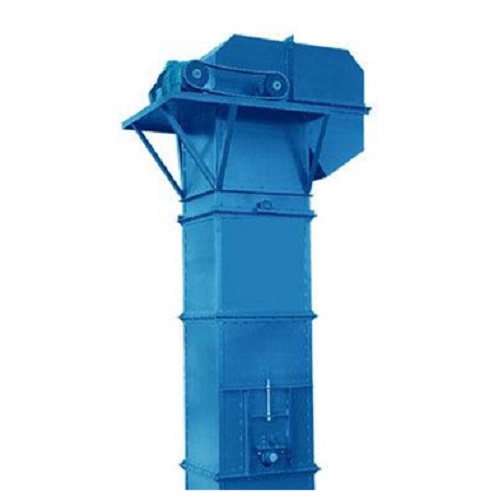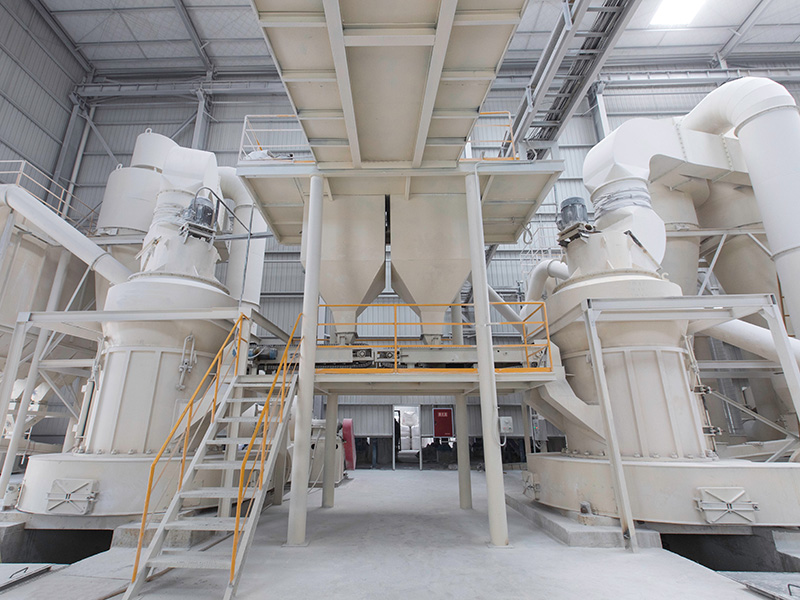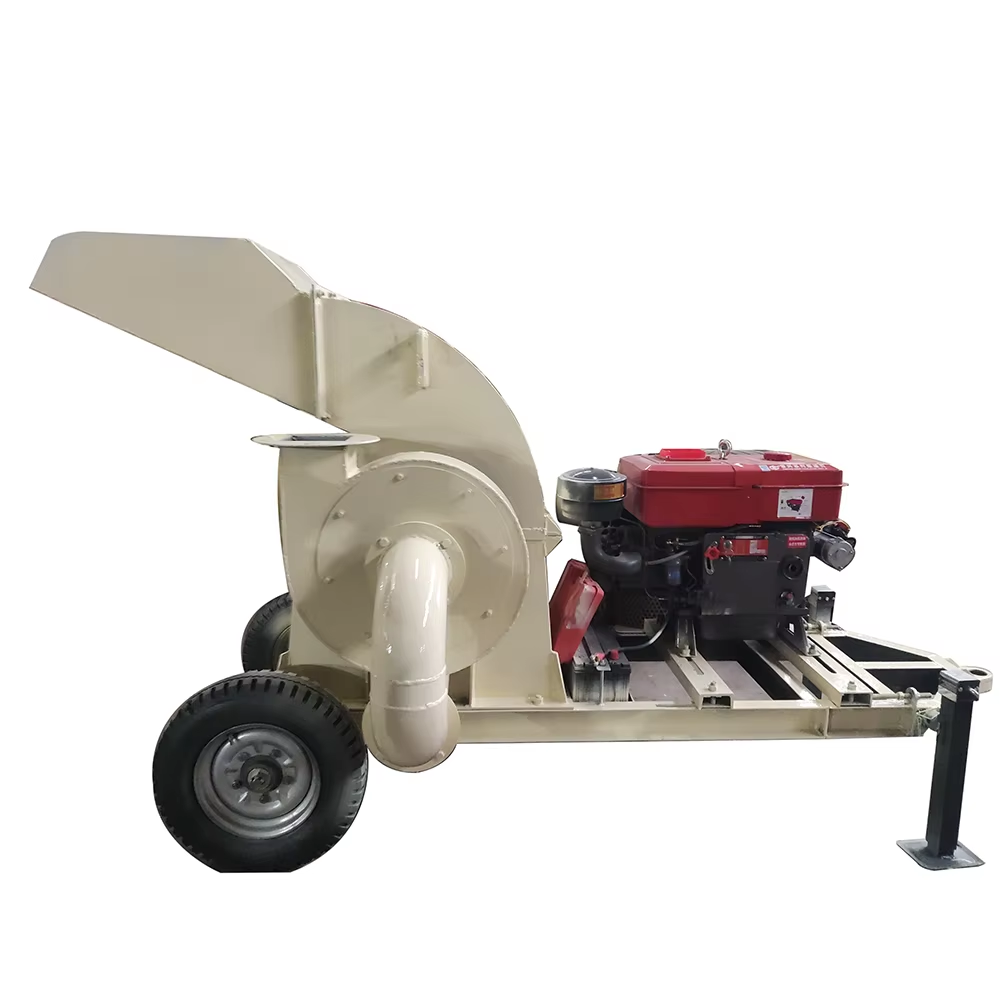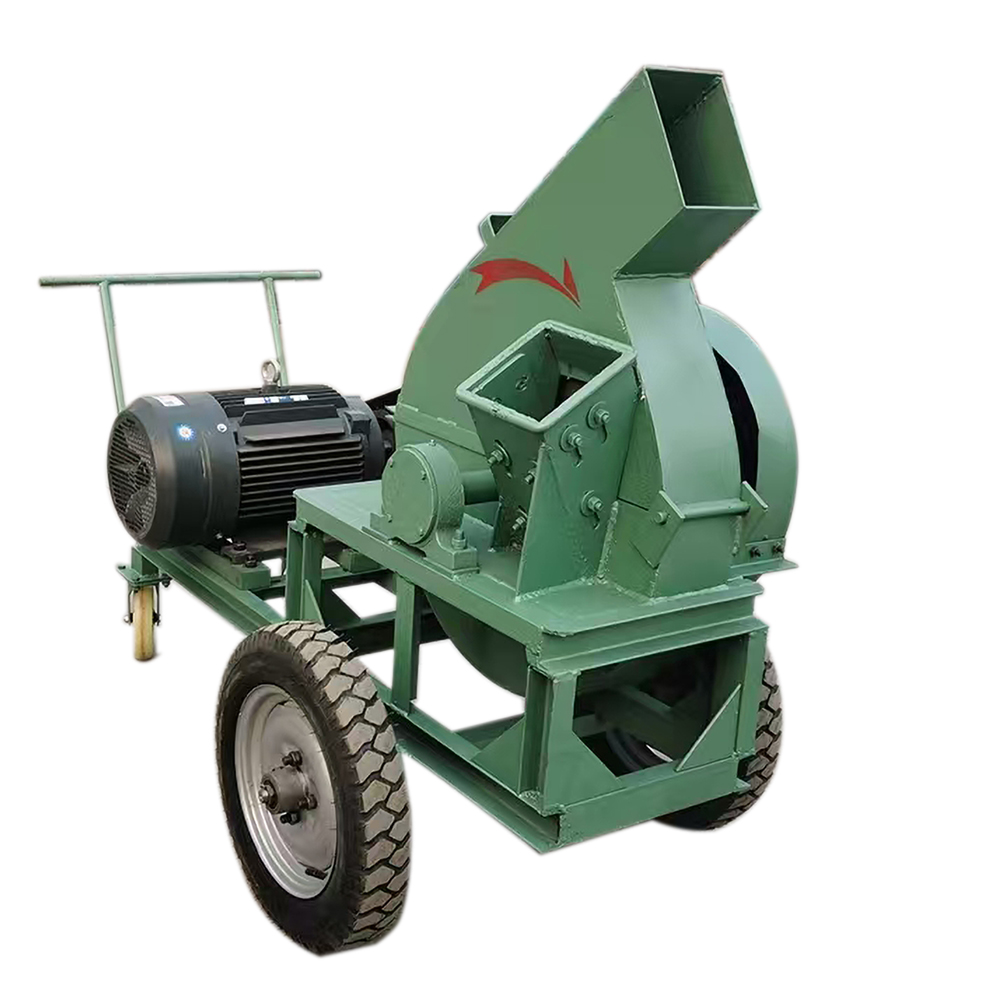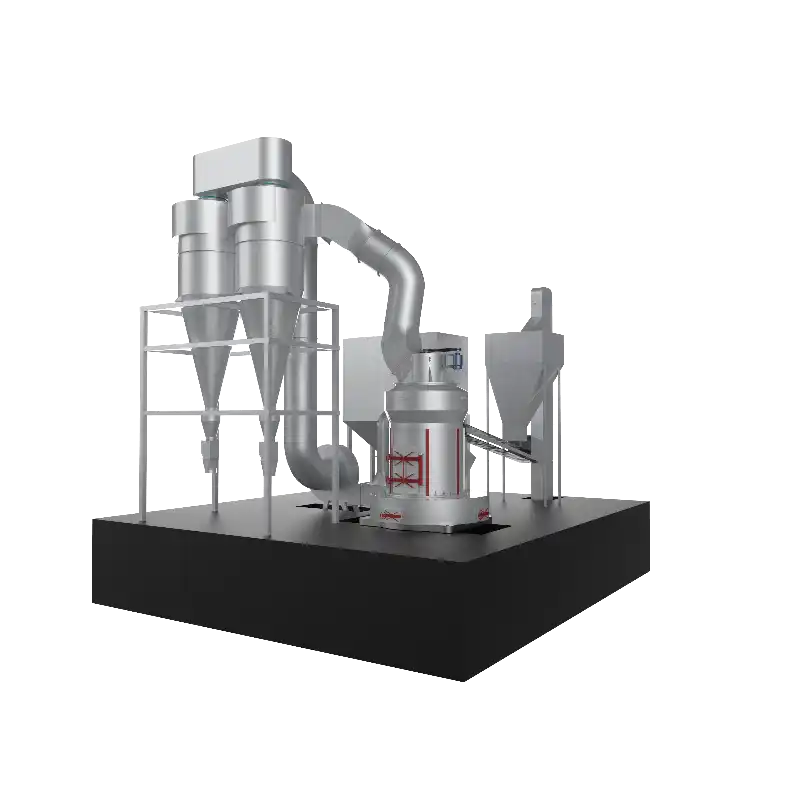
During the material crushing and grinding process, the Raymond Grinding Mill is a critical piece of equipment. However, it may sometimes experience issues such as low output and coarse particle size in the finished product. These problems are typically the result of multiple interrelated factors. To effectively troubleshoot and solve these issues, a comprehensive analysis and targeted solutions are essential. Below are the most common reasons and solutions for low output and coarse fineness in a Raymond Grinding Mill, for your reference.
Reasons and Solutions for Low Output
Poor Properties of Materials Entering the Raymond Grinding Mill
Too large particle size: Oversized materials take longer to grind in the Raymond Grinding Mill, which reduces processing efficiency and lowers output.
Excessive moisture content: High-moisture materials tend to stick together inside the Raymond Grinding Mill, leading to blockages and reduced grinding effectiveness.
High material temperature: If materials are too hot, they can adhere to internal components of the Raymond Grinding Mill, reducing operational efficiency.
Solutions:
Pre-treat raw materials to reduce particle size before feeding into the Raymond Grinding Mill (e.g., via crushing equipment).
Incorporate drying systems to ensure materials meet appropriate moisture standards.
Allow high-temperature materials to cool before processing them with the Raymond Grinding Mill.
Unreasonable Feeding Method
Underfeeding results in underutilized grinding capacity in the Raymond Grinding Mill.
Overfeeding can overload the system, reducing performance and increasing wear.
Solution:
Ensure uniform, stable, and continuous feeding based on the technical specifications of the Raymond Grinding Mill to optimize output.
Causes and Solutions for Coarse Product Fineness
Improper Control of Main Engine Speed
When the main engine of the Raymond Grinding Mill runs too fast, coarse particles may not be ground thoroughly and get discharged too early.
Solution:
Adjust the motor current or control settings to maintain an optimal main engine speed, ensuring sufficient grinding time for finer output.
Fan Blade Failure
Fan blades that are of poor quality or improperly installed can break or fall off during operation, compromising the classification process inside the Raymond Grinding Mill.
Solution:
Use durable, high-quality fan blades and carry out regular inspections. Replace damaged blades promptly and ensure proper installation for optimal air classification within the Raymond Grinding Mill.
Wear of Grinding Rollers and Grinding Rings
Continuous operation leads to wear and tear on key grinding components, diminishing the grinding capacity of the Raymond Grinding Mill.
Regularly inspect grinding rollers and rings. Replace or refurbish these components as needed to restore effective grinding performance.
Air Lock Valve Blockage
A blocked air lock valve may cause coarse material to leak into the fine powder stream, affecting the fineness of the finished product from the Raymond Grinding Mill.
Frequently inspect and clean the air lock valve to ensure it functions correctly and maintains proper material separation within the Raymond Grinding Mill.
Conclusion
Maintaining the efficiency and performance of a Raymond Grinding Mill requires attention to detail in material preparation, equipment maintenance, and operational control. By identifying and addressing the above issues proactively, you can significantly improve both output and product fineness, ensuring the stable and reliable performance of your Raymond Grinding Mill over the long term.


